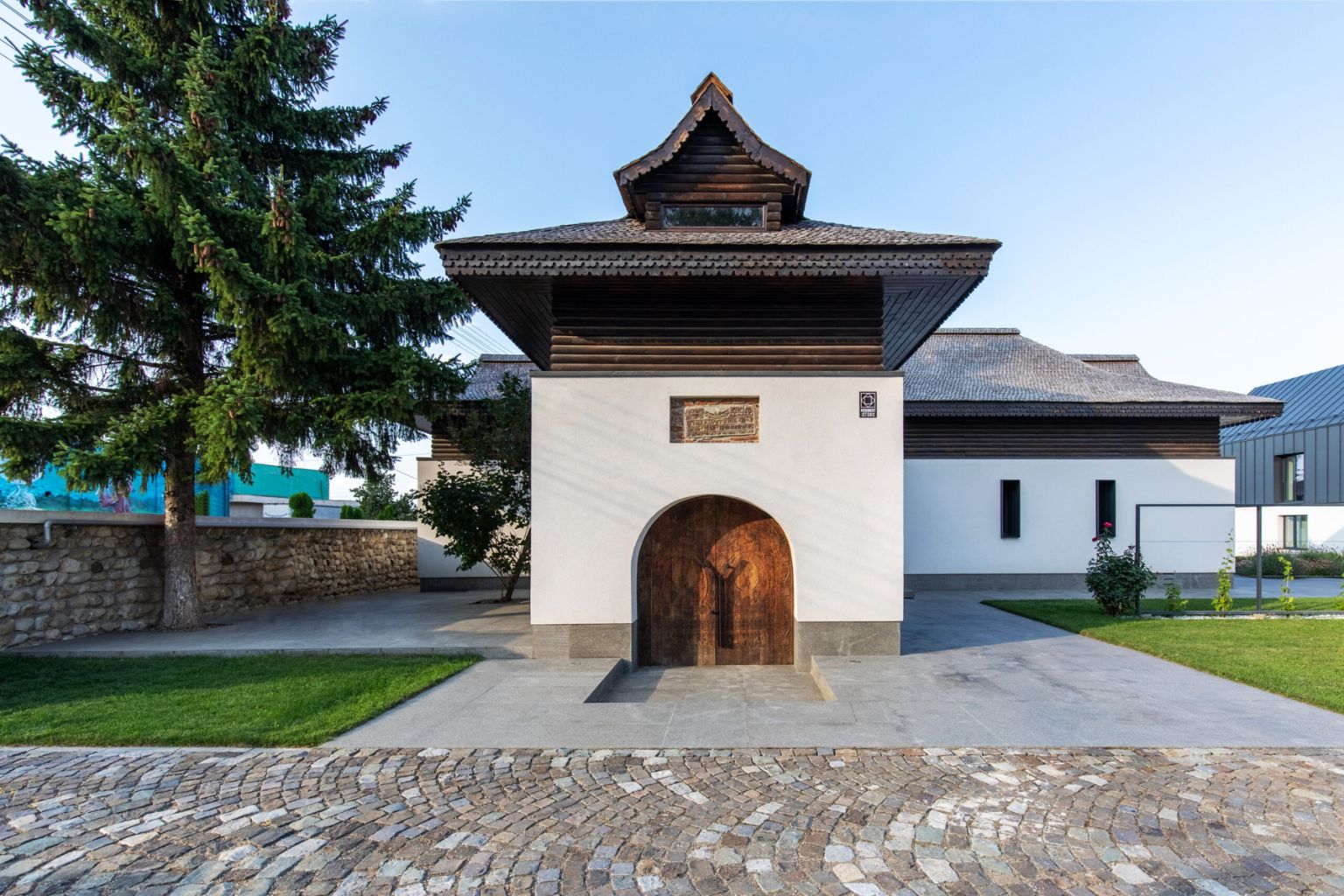In the heart of Vrancea, where time has always seemed to flow differently, lies Odobești, at the crossroads of Moldova, Muntenia, and Transylvania. It is here that Romanian viticultural tradition has put down its deepest roots – some say for millennia, others for centuries. What is certain is that here stands the Beciul Domnesc monument, built in the final years of Stephen the Great’s reign.
Today, Beciul Domnesc is a true monument to wine, sheltering more than 100,000 collectible bottles and a unique treasure of aged brandies and old distillates. It is not just a medieval cellar, nor simply a winery. It is a liquid library, a museum of collective memory.
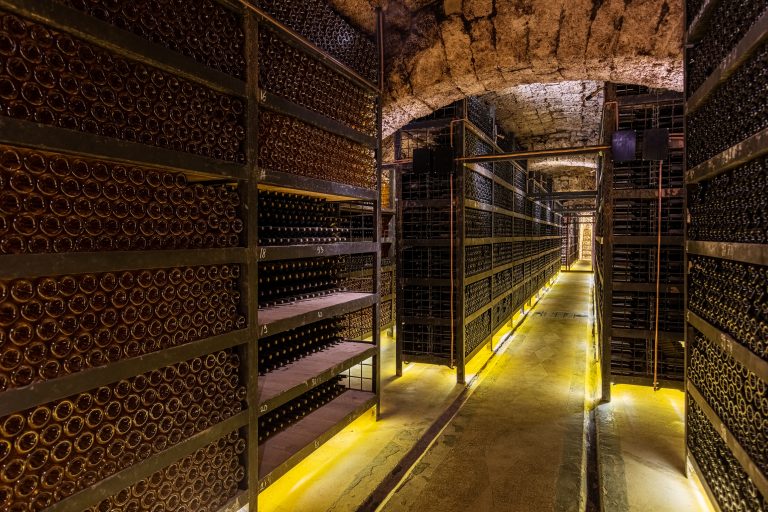
Beciul Domnesc – from glory to oblivion, and back again
The story of Beciul Domnesc begins many decades ago, when Vrancea was the epicenter of Romanian viticulture. During the communist period, the emphasis was on quantity – barrels and tanks, bulk wine exported without a name. Identity was lost, and bottles no longer told stories, though a few, realizing the treasure they had created, would quietly set aside bottles year after year.
After 1989, vineyards returned to their owners, the former state-run enterprises were privatized, but the renaissance was not easy. It required investment, patience, and vision. Today, under the Beciul Domnesc brand, the winery has redefined itself – moving from anonymous bulk wine to renowned labels, storytelling, and international recognition.
A map of Southern Moldova’s terroirs
Beciul Domnesc manages almost 1,400 hectares of vineyards, spread across the regions of Odobești, Cotești, Panciu, and Huși. Each has its own personality: different soils, different exposure to the sun, microclimates that give wines their distinct nuances.
These vineyards are home to 18 grape varieties, eight of them native: Galbena de Odobești, Feteasca Neagră, Feteasca Albă, Feteasca Regală, Zghihara de Huși, Tămâioasa Românească, Băbeasca Neagră, and Busuioaca de Bohotin – grapes that define Romania’s identity in the world of wine.
Alongside them, international varieties take on the “taste of the place”: Merlot, Cabernet Sauvignon, Chardonnay. Many of these wines have, over time, collected medals at the most prestigious national and international competitions.
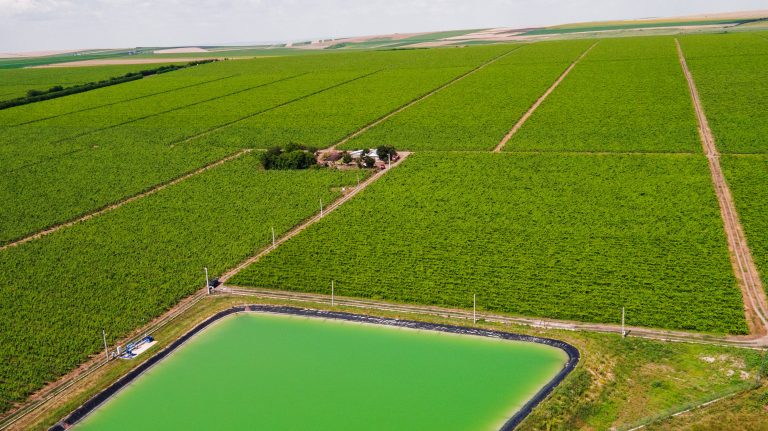
Vinars – the cellar’s hidden treasure
If wines are the pride of the present, then the brandies and old distillates are the hidden treasure of Beciul Domnesc.
In oak barrels, some aged for decades, these brandies have become liquid gold. Their aroma bears the mark of time: vanilla, candied fruits, almonds, and noble wood.
Miorița – one of the best-known Romanian brandies – has brought the winery prestigious international awards, confirming that Romania can compete on equal footing with the great houses of Cognac or Armagnac, even with “sacred monsters” such as Hennessy, Rémy Martin, or Courvoisier.
Here you can find brandies whose youngest component is a distillate of “only” 40 years – true pieces of heritage, witnesses to a tradition of quality that has endured quietly, waiting to be rediscovered.
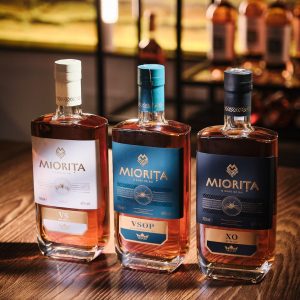
The people behind the bottles
Recently, we released a short teaser on the Wines of Romania YouTube channel, inviting viewers to meet the people behind the labels: Constantin, the oenologist shaping aromas; Bogdan, the viticulturist; Geanina, the company’s CEO; and Corina, a witness to all the transformations of the past 25 years, just like many of her colleagues.
And if that short film sparks your curiosity, there is also a podcast episode with Luchi Georgescu, the owner of Beciul Domnesc, the visionary who gave the winery a new identity and international reach.
The visitor’s experience
A visit to Beciul Domnesc is not just a tasting; it is a journey through time. You step into medieval cellars, feel the coolness of the stone walls, gaze at collections of old wines, and discover stories told by those who live and breathe this place.
From elegant native wines to rare brandies, the experience is complete – cultural, sensorial, and historical.
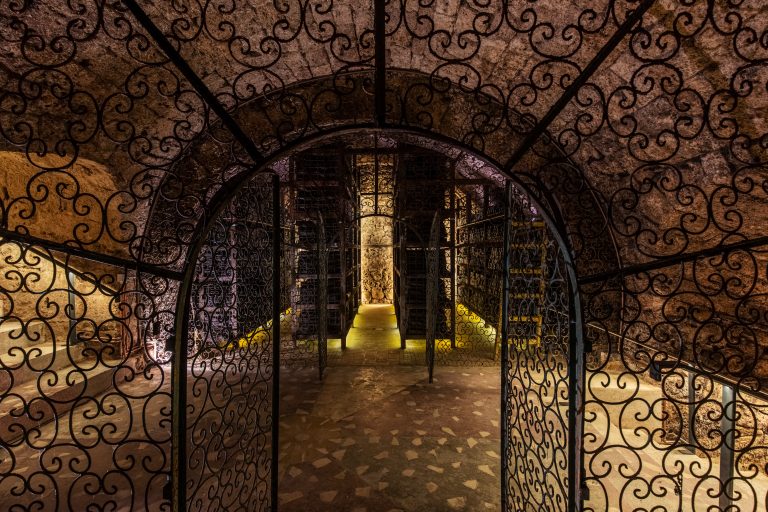
Conclusion: the rebirth of a symbol
Beciul Domnesc stands as proof that tradition and modernity can coexist – and thrive. It is a symbol of the rebirth of Romanian wine, but also of the rediscovery of a hidden treasure: brandy. In every bottle lies not only a precious liquid, but also a story about patience, identity, and renaissance. A toast to your pleasure!

